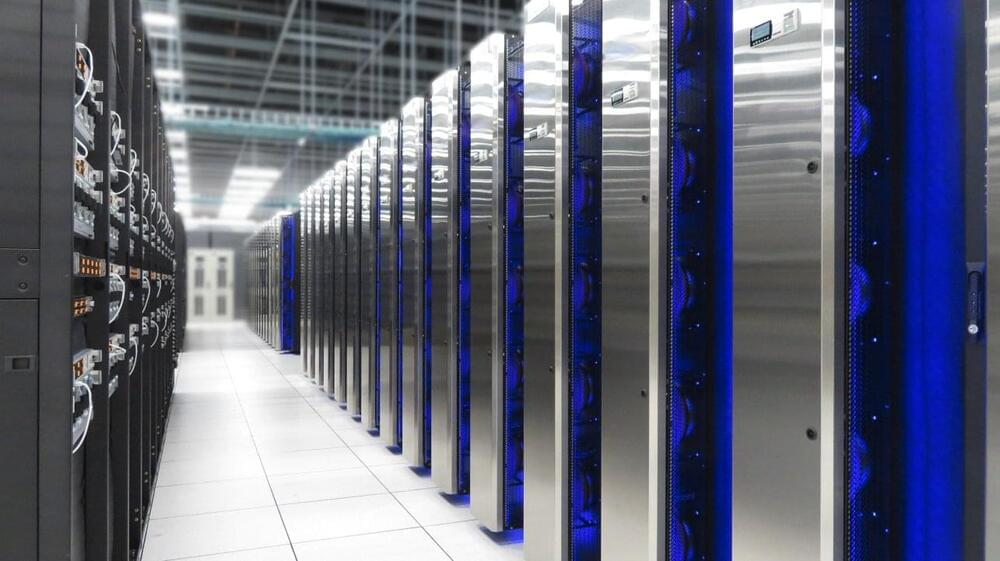Porsche isn’t directly targeting the Tesla Model Y with the new Macan EV, but the two vehicles have many surprising similarities.
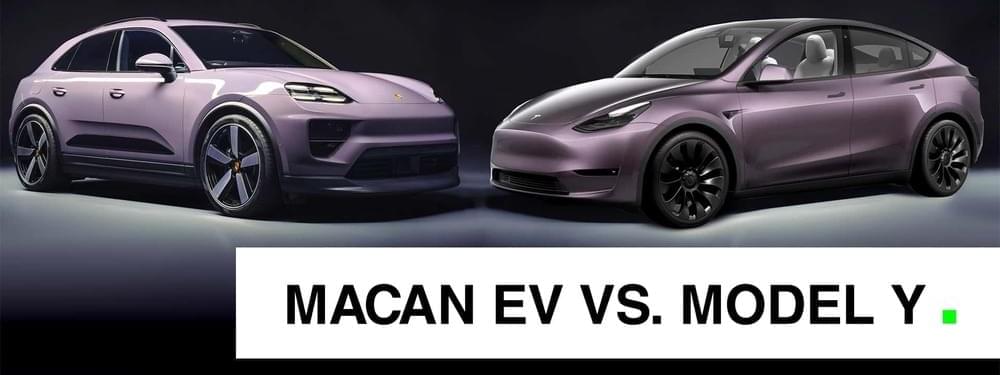

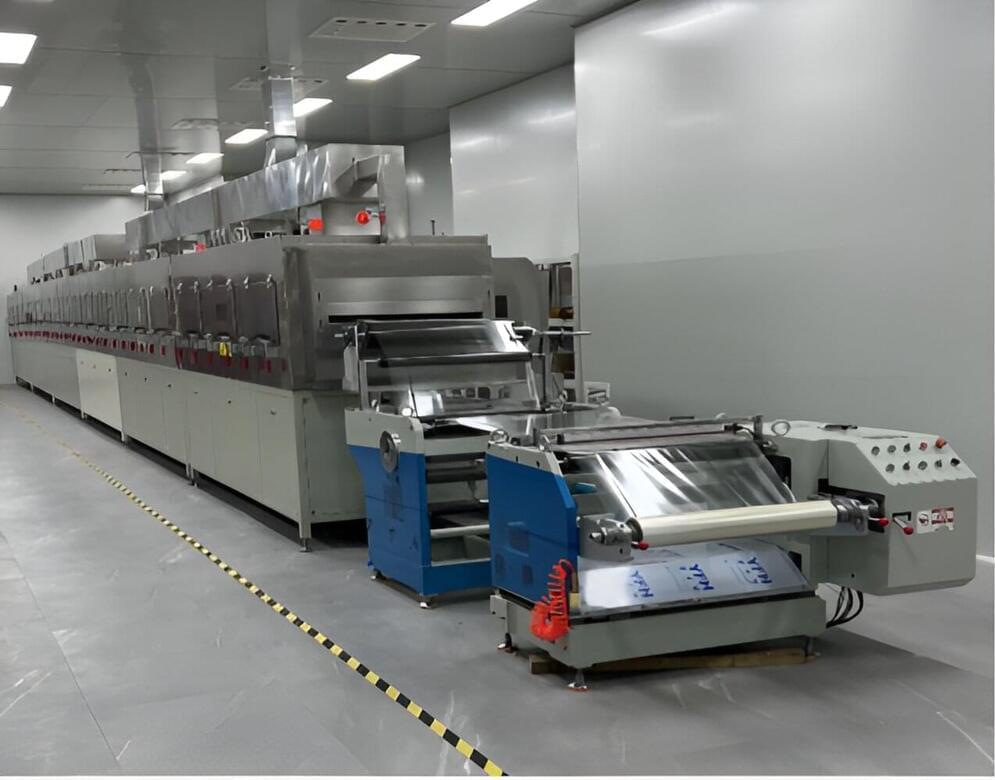
Engineers and material scientists have been trying to develop increasingly advanced devices, to meet the growing needs of the electronics industry. These devices include electrostatic capacitors, devices that can store electrical energy in a dielectric between a pair of electrodes through the accumulation of electric charge on the dielectric surfaces.
These capacitors are crucial components of various technologies, including electric vehicles and photovoltaics (PVs). They are often fabricated using polymers as dielectric materials, synthetic substances made up of large organic molecules with good intrinsic flexibility and insulating properties.
Researchers at Tsinghua University and other institutes in China recently introduced a new strategy to fabricate polymer composites filled with subnanosheets exhibiting highly advantageous properties. Their proposed method, outlined in a Nature Energy paper, allowed them to fabricate a 100-meter-long roll of a polymer-based subnanocomposite film.

For the first time, researchers have used bacteria to “upcycle” waste polyethylene.
Move over Spider-Man: Researchers at Rensselaer Polytechnic Institute have developed a strain of bacteria that can turn plastic waste into a biodegradable spider silk with multiple uses.
Transforming Plastic Into Protein
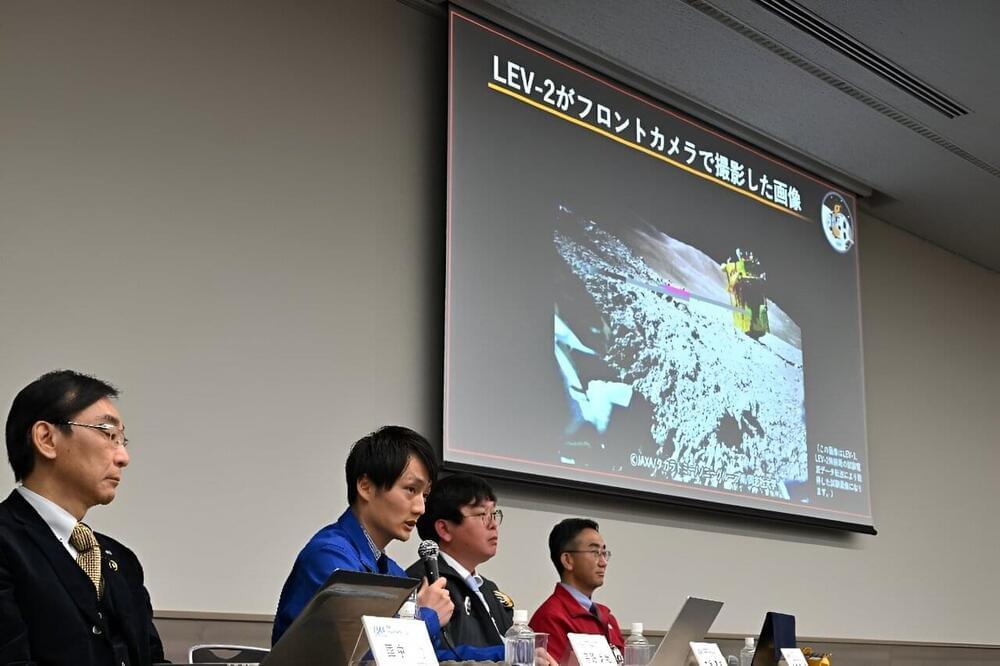
Japan’s moon lander has come back to life, the space agency said Monday, enabling the craft to proceed with its mission of investigating the lunar surface despite its rocky start.
The surprise announcement was a boost to Japan’s space program, nine days after the Smart Lander for Investigating Moon (SLIM) touched down at a wonky angle that left its solar panels facing the wrong way.
“Last evening we succeeded in establishing communication with SLIM, and resumed operations!” JAXA said on social media platform X, posting a grainy image of a lunar rock known as a “toy poodle”
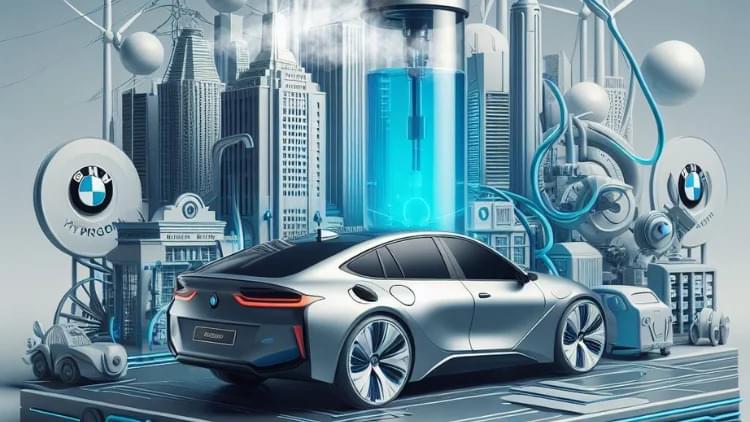

We finally got our first look at the new all-electric Porsche Macan EV this week. Porsche’s electric Macan features a 100 kWh battery pack that will reportedly be supplied by China’s CATL.
Ten years after debuting the SUV, Porsche revealed the all-electric Macan Thursday. The electric Macan is Porsche’s second EV, after the Taycan and the first fully electric SUV to wear the iconic badge.
The Macan EV is also the first existing Porsche model to receive an electric upgrade. With 87,355 Macan models handed over last year, the SUV plays a critical role in Porsche’s lineup.

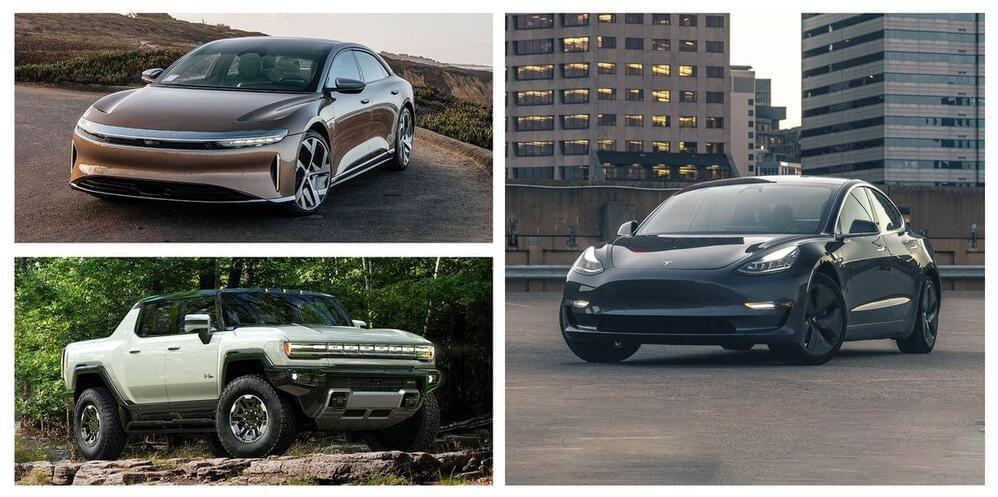
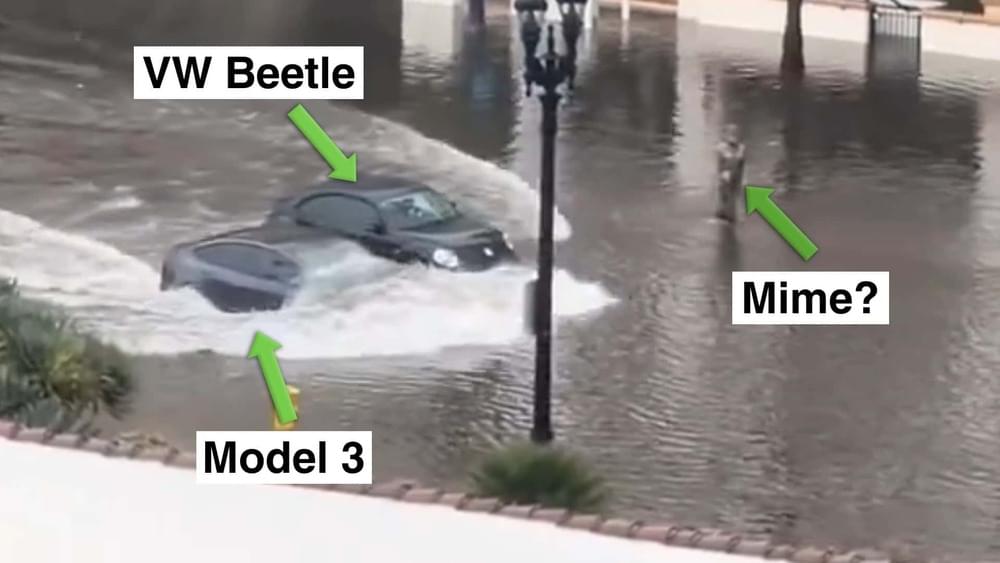
To make things even more interesting (or weird), there’s a mime (yes, you read that right) in the middle of the street, somehow unfazed by all the surrounding water, who reacts in a way only a mime could (we don’t know what those moves mean, so take that as you may).
Taking both X posts into consideration, there are about 1,000 comments–some say the car would malfunction in a matter of minutes, others say that nothing will happen, while some referred to Elon Musk’s words from 2016 when he said that “the Model S floats well enough to turn it into a boat for short periods of time.”
